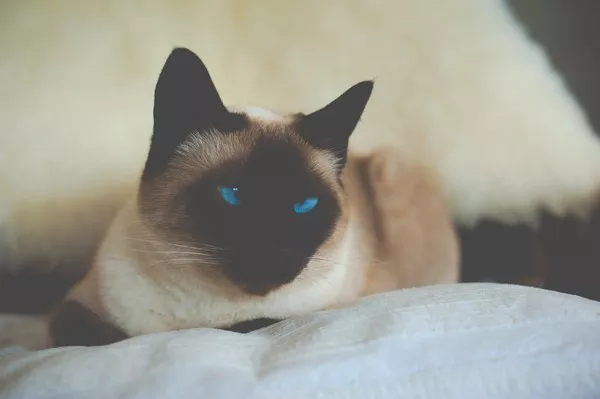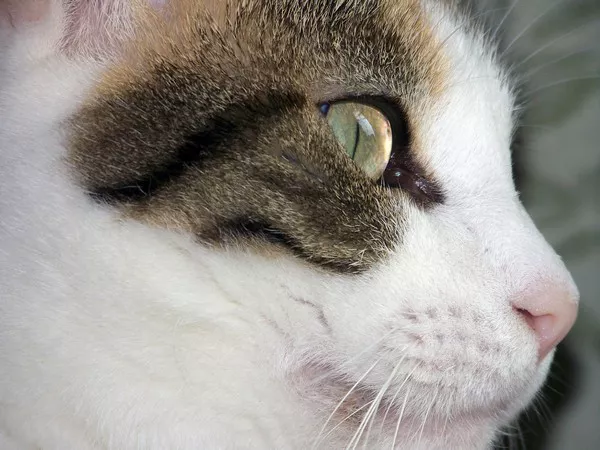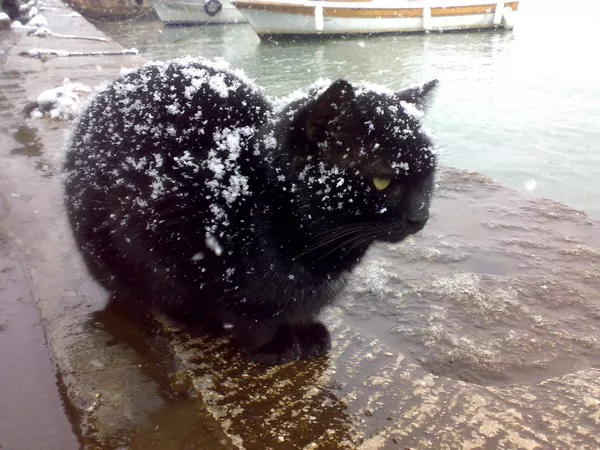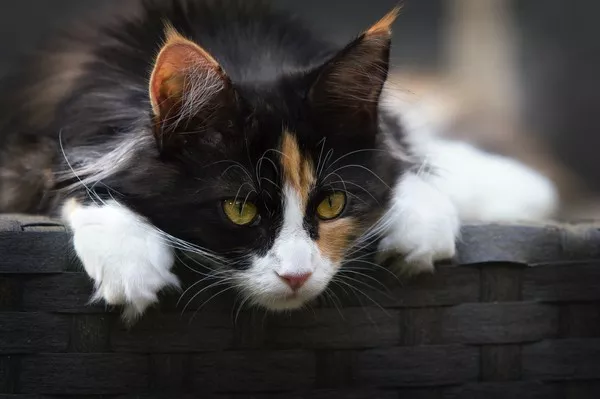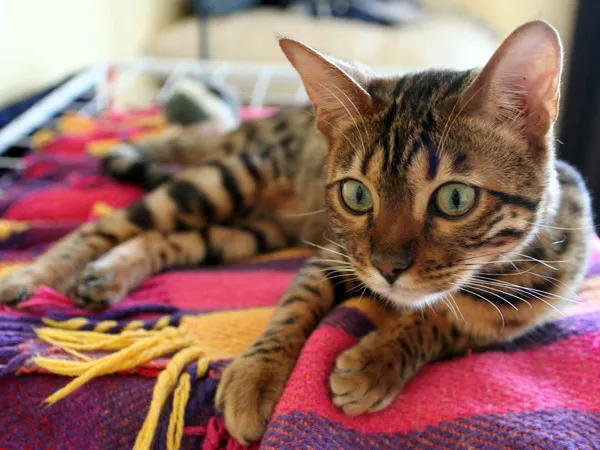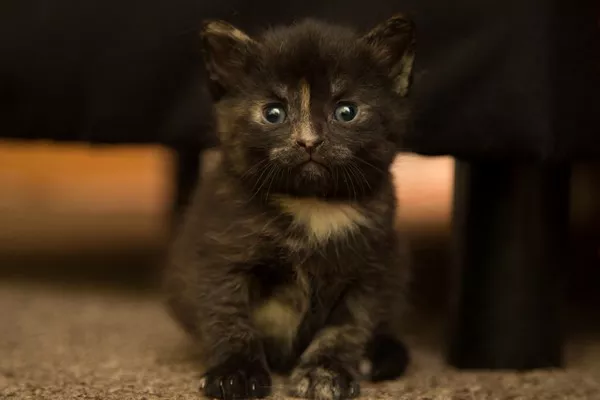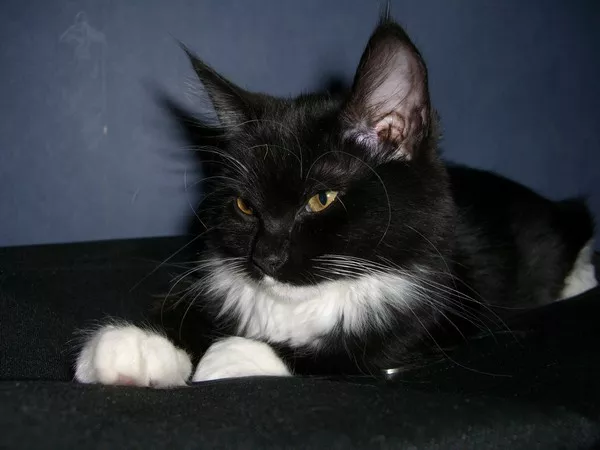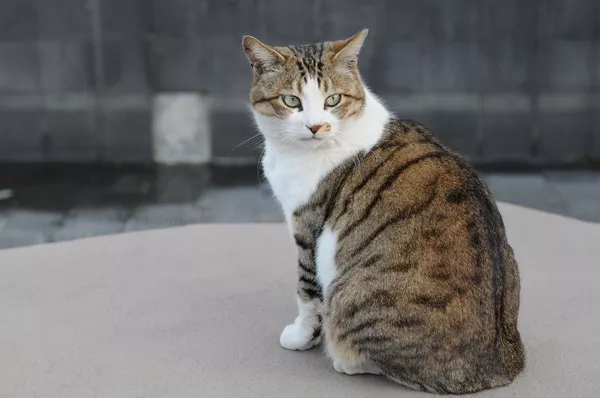The world of feline companionship is adorned with charming nuances, and one intriguing aspect that cat owners often encounter is the mysterious ritual of scratching. As our feline friends gracefully extend their claws to mark territory or simply indulge in a satisfying stretch, questions arise about the potential benefits of scratching posts in maintaining a cat’s nail health. In this comprehensive exploration, we delve into the fascinating realm of scratching behavior, unraveling the relationship between scratching posts and cat nail care.
The Art of Scratching:
1. Understanding Feline Scratching Behavior:
Scratching is an innate and essential behavior in cats. While it may sometimes perplex or concern cat owners, it serves various purposes in a cat’s world. Cats scratch to mark their territory, both visually and with scent glands located in their paws. Additionally, scratching helps cats stretch their muscles, maintain healthy claws, and shed the outer layer of their nails.
2. The Role of Scratching in Nail Maintenance:
Scratching plays a crucial role in a cat’s nail maintenance routine. As cats scratch surfaces, they engage in a natural process of removing the outer sheath of their claws, preventing them from becoming overly sharp or brittle. This self-grooming mechanism is vital for a cat’s overall well-being and contributes to the health of their claws.
Scratching Posts: A Cat’s Personal Nail Salon?
1. The Purpose of Scratching Posts:
Scratching posts, often touted as a cat’s personal haven, serve multiple purposes. These dedicated feline accessories provide an outlet for scratching behavior, redirecting it away from furniture and household items. Additionally, scratching posts offer an opportunity for cats to engage in physical activity, promoting exercise and maintaining healthy claws.
2. Do Scratching Posts Trim Nails?
While scratching posts are invaluable for fulfilling a cat’s natural scratching instincts, the notion that they actively trim a cat’s nails requires a closer examination. Scratching posts primarily assist in maintaining the health of cat claws by allowing them to engage in scratching behaviors. However, the trimming effect may not be as direct as the use of specialized cat nail clippers.
The Anatomy of Cat Claws:
1. Understanding Cat Claw Structure:
To comprehend the impact of scratching posts on nail health, a brief exploration of cat claw anatomy is essential. Cat claws consist of layers, including the outer sheath or husk and the inner core known as the quick. The outer sheath, when naturally shed through scratching, reveals the sharper and healthier claws underneath.
2. Shedding Outer Sheath:
As cats scratch surfaces, the friction and pressure applied cause the outer sheath of their claws to peel away naturally. This shedding process is a vital component of cat nail maintenance, preventing claws from becoming excessively sharp or prone to splitting. Scratching posts facilitate this shedding by providing an appropriate surface for cats to engage in this instinctive behavior.
Choosing the Right Scratching Post:
1. Material Matters:
Not all scratching posts are created equal, and the choice of material significantly influences their effectiveness. Sisal fabric, cardboard, and natural wood are popular choices for scratching posts. Sisal, a durable and textured material, offers an ideal surface for cats to sink their claws into, promoting effective scratching and aiding in the shedding of the outer claw sheath.
2. Size and Stability:
The size and stability of a scratching post play a crucial role in its appeal to cats. A post that is tall enough for a cat to fully stretch its body allows for more satisfying scratching sessions. Stability is equally important to ensure that the post remains upright during vigorous scratching, providing a safe and enjoyable experience for the cat.
Introducing Cats to Scratching Posts:
1. Positive Reinforcement:
Encouraging cats to use scratching posts involves positive reinforcement. Placing the post in areas where the cat already exhibits scratching behavior, such as near their favorite resting spots, increases the likelihood of acceptance. Offering treats or praise when a cat uses the scratching post reinforces the association between the post and positive experiences.
2. Multiple Options:
Cats, with their individual preferences, may gravitate towards specific materials or orientations. Providing a variety of scratching posts with different textures and angles allows cats to express their scratching behaviors in ways that suit their preferences. Offering a diverse range of options accommodates the varied tastes of our feline companions.
Alternatives for Nail Trimming:
1. Cat Nail Clippers:
While scratching posts contribute to the natural shedding of the outer claw sheath, direct nail trimming may be necessary to address specific issues. Cat nail clippers, designed for feline claws, provide a safe and effective means of trimming. It is essential to use clippers specifically designed for cats to avoid causing injury or distress.
2. Scratching Pads with Texture:
In addition to scratching posts, scratching pads with specialized textures can aid in maintaining healthy claws. These pads often mimic the texture of natural materials, providing an alternative surface for cats to engage in scratching behaviors. Placing these pads strategically can complement the use of scratching posts.
Addressing Concerns and Misconceptions:
1. Overgrown Claws:
In some cases, cats may exhibit overgrown claws despite regular access to scratching posts. This can be influenced by factors such as age, health conditions, or individual variations in scratching behavior. If overgrown claws persist, consulting with a veterinarian is advisable to rule out underlying health issues and explore suitable solutions.
2. Scratching and Furniture:
Cat owners may express concerns about their feline companions scratching furniture despite the presence of scratching posts. This behavior is often a result of territorial marking or the cat’s preference for specific materials. Addressing this concern involves a combination of providing appealing scratching posts, using deterrents on furniture, and implementing positive reinforcement.
Cat Psychology and Scratching:
1. Territorial Marking:
Scratching is a form of territorial marking for cats. By leaving visual marks and scent through glands in their paws, cats establish their presence in an environment. Understanding the territorial aspect of scratching helps cat owners appreciate its significance in feline behavior.
2. Stress Relief and Exercise:
Beyond nail maintenance, scratching serves as a stress relief mechanism for cats. Engaging in scratching behaviors allows cats to release pent-up energy, stretch their muscles, and alleviate stress. Scratching posts contribute to a cat’s overall well-being by providing an avenue for physical and emotional expression.
See Also: How Often Should I Trim My Cat’s Nails?
Conclusion:
In the intricate dance between feline instincts and domesticity, scratching posts emerge as essential companions in the journey of cat care. While the direct trimming of cat nails through scratching posts may not be their primary function, their role in promoting overall nail health is undeniable. The key lies in understanding the natural behaviors of cats, selecting appropriate scratching posts, and complementing their use with targeted alternatives for nail care. As we navigate the enchanting world of feline companionship, let us embrace the joyous moments of scratching, territorial marking, and the unique bond shared with our delightful and captivating cats. In providing them with the tools to express their instincts, we contribute to the well-being and contentment of our cherished feline friends.

